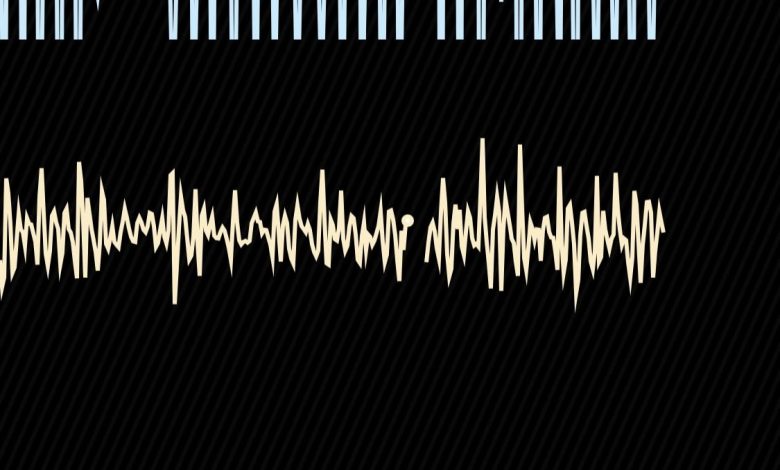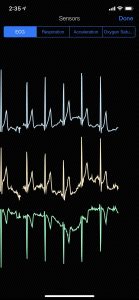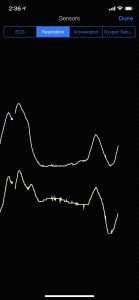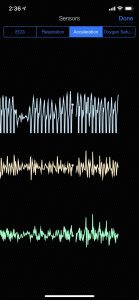
We all assume that our heart beats are normal until one day, it gives you problems – could be minor, or life threatening. It affects all ages from youth to seniors, and from healthy athletes to people with cardiovascular related conditions. People tend to ignore symptoms (or may not be aware of what they are) until their condition has deteriorated to an acute or chronic condition.
So what if you could simply wear an AI enabled smart-shirt (where the wires are embedded into the fabric of a Wearable Technology or more aptly called Wearables), as a diagnostic solution that can be remotely monitored and recorded via a digital App to your cell phone or tablet? Yes, artificial Intelligence (AI) has made that possible. AI enabled Wearables currently exist for public purchase – however motion interference or “noise” from the wearer’s movements during activities distorts the accuracy of the digital readings.
In Episode 2, Dr. Pierre Boulanger shares insights on an approach to an App technology and how this App differs from others on the market. Hexoskin currently manufactures Astroskin, a smart-shirt with sensors embedded in its fabric. However, Astroskin does not have the capability to measure and detect heart abnormalities when a wearer is in motion during activities.
Dr. Boulanger and his PhD student Hong Zu, has focused their App technology to provide for measurements during motion, and for a preventative window where clinicians can access data readings to provide an early diagnosis of potential heart diseases or conditions.

The App combines heartbeats and heart rhythms, and removes the motion “noise” from the wearer of the Astroskin smart-shirt – enabling real time heart and vital sign parameters for the wearer to see and track.

This LSTM network is the classifier used to detect abnormal heartbeats and rhythms, as well as dealing for motion artifacts.

In short, they have identified how to measure the fractional second “rest period” of a wearer’s motion activity during movement.

Dr. Boulanger and Hong Zu foresee a two part system comprised of 1)a portable monitoring device that patients could use during their daily activities, and, 2) a back-end analysis system that could analyze the heart conditions of patients, and report the results to their respective doctors / clinicians.
Additional details on future applications in Sports, Health and in Safety to follow in future Episodes.
About Dr. Pierre Boulanger PhD
Pierre is currently the Director of the Advanced Man Machine Interface Laboratory (AMMI) as well as the Scientific Director of the SERVIER Virtual Cardiac Centre in the Mazankowski Heart Institute. In 2013, Dr. Boulanger was awarded the CISCO chair in healthcare solutions, a 10 years investment by CISCO systems in the development of new IT technologies for healthcare in Canada.
Dr. Boulanger received his in Engineering Physics and his Masters in Physics Laval University, and his Ph.D. in Electrical Engineering from the University of Montreal. Dr. Boulanger cumulates more than 35 years of experience in 3D computer vision, rapid product development, and the applications of virtual reality systems to medicine and industrial manufacturing. Dr. Boulanger worked for 18 years at the National Research Council of Canada as a senior research officer where his primary research interest was in 3D computer vision, rapid product development, and virtualized reality systems. He now has a double appointment as a professor at the University of Alberta Department of Computing Science and at the Department of Radiology and Diagnostic Imaging.
About Hong Zu Li
Hong Zu is currently a second year Ph.D. student of Dr. Pierre Boulanger in Computing Science Department at the University of Alberta. He received both his Computing Science Bachelor’s degree and master’s degree from University of Alberta. He is currently working on a continuous heart monitoring system that reports heart anomalies.
About Astroskin
Astroskin is a Wearable Technology, similar to the Biomonitor vest (biometric clothing) that Hexoskin developed with the Canadian Aerospace Agency. Astronaut David St. Jacques wore the vest during his International Space Station mission in 2019.




